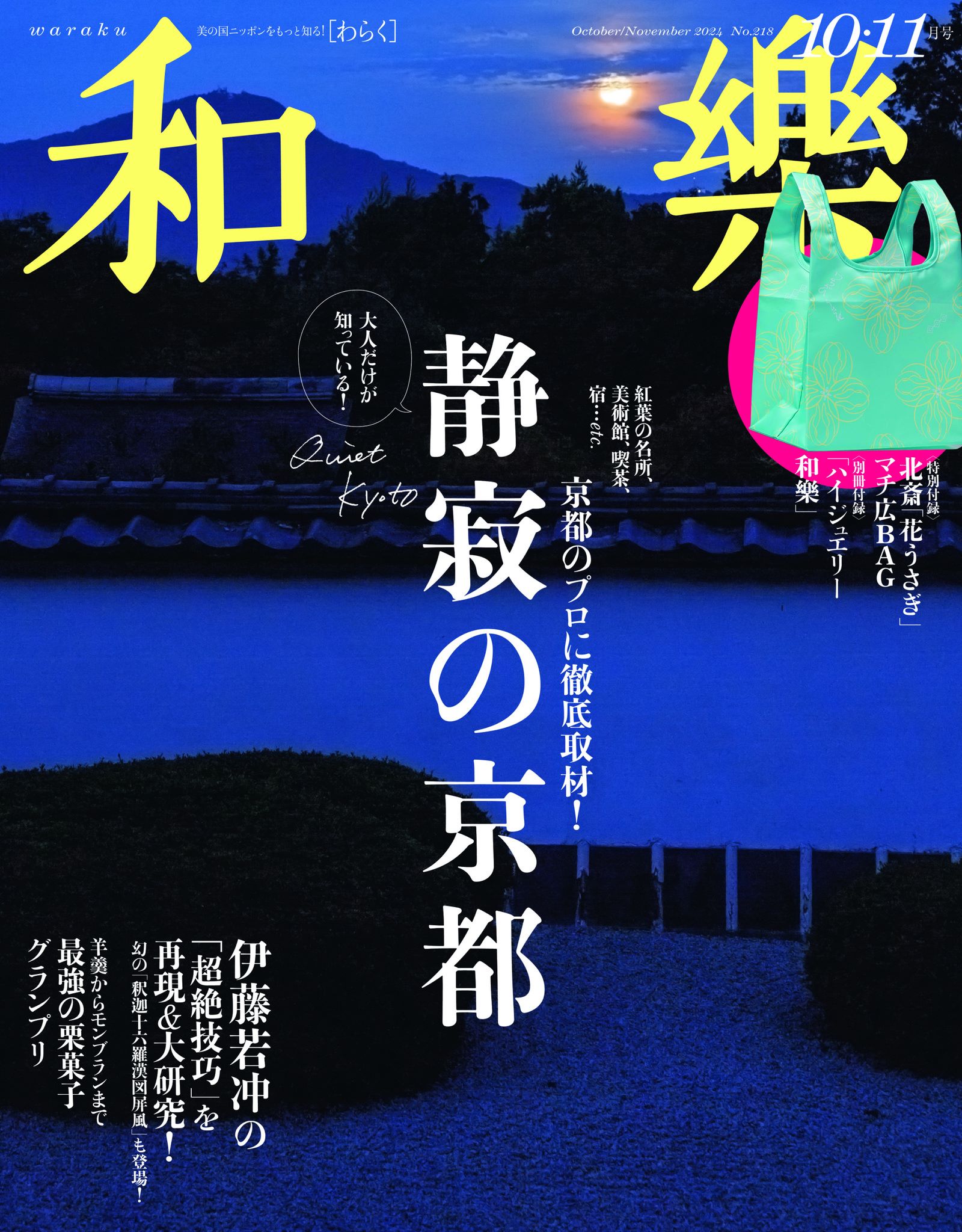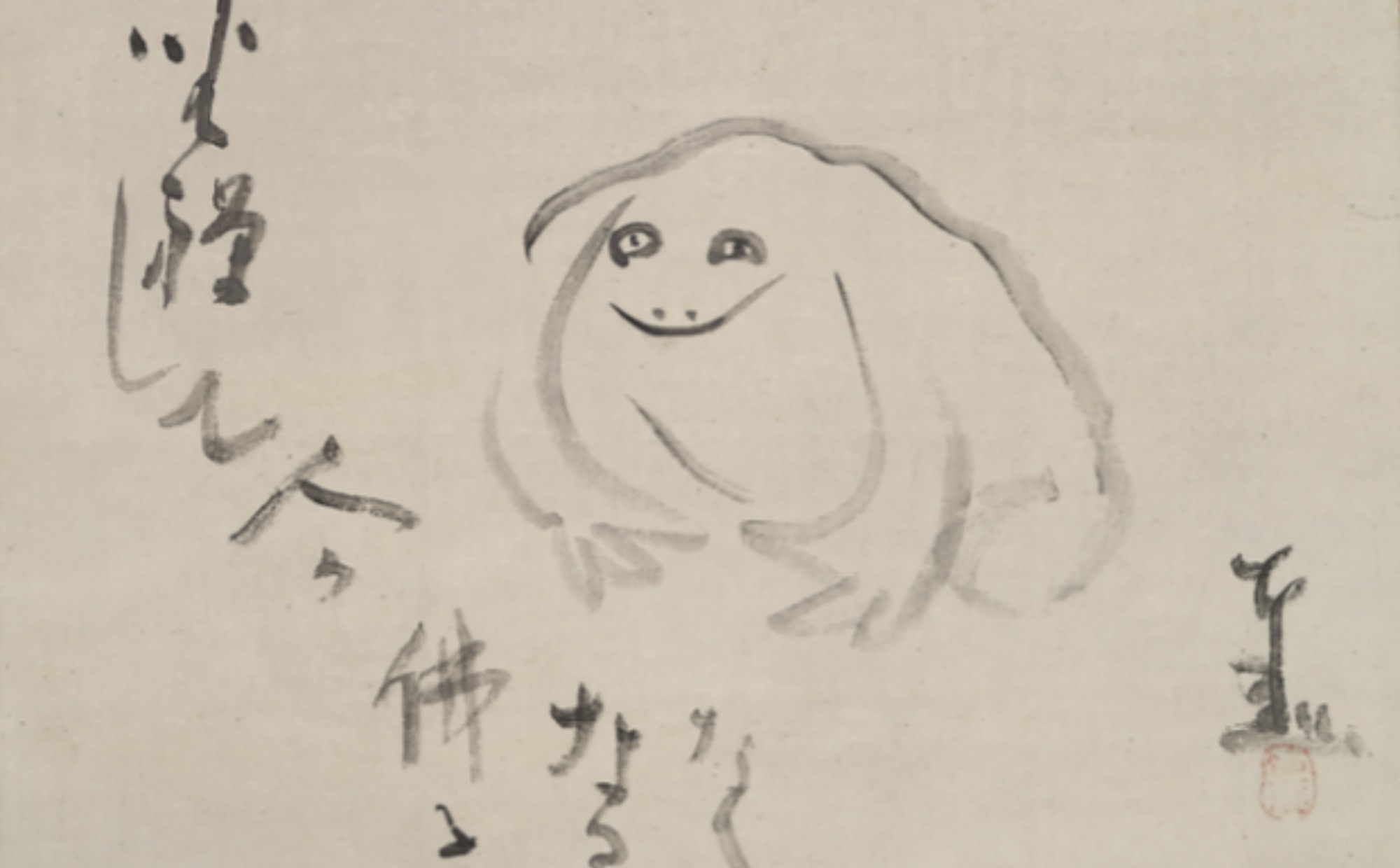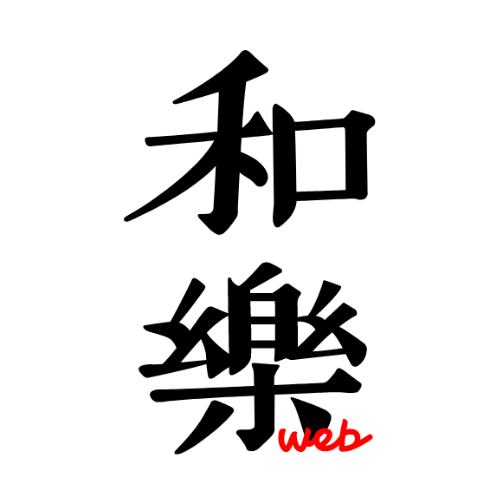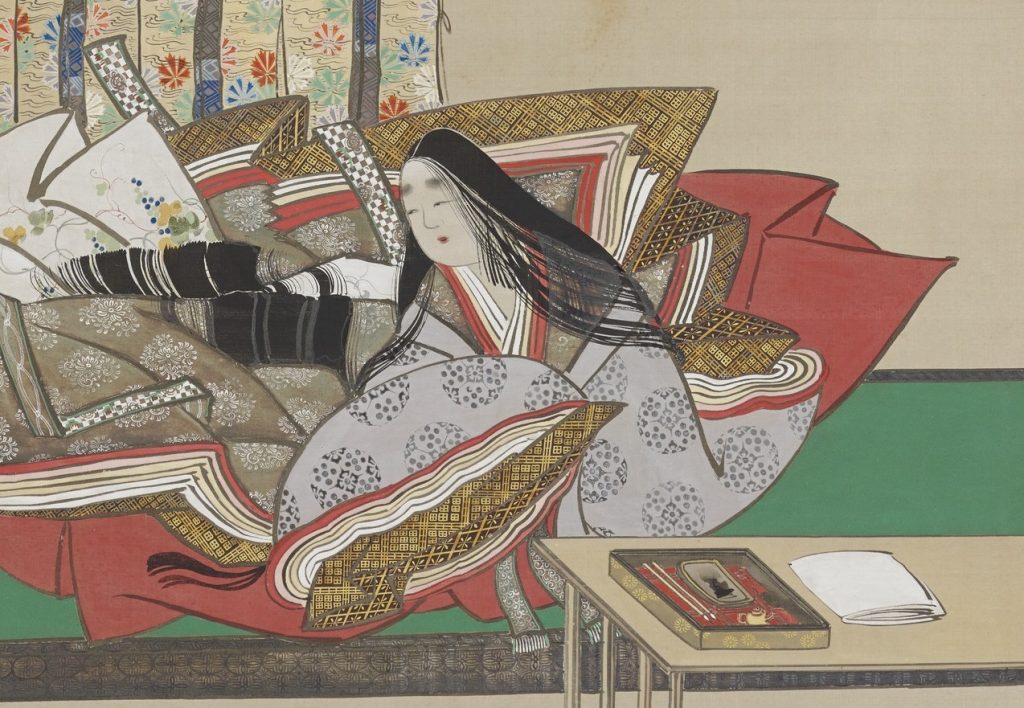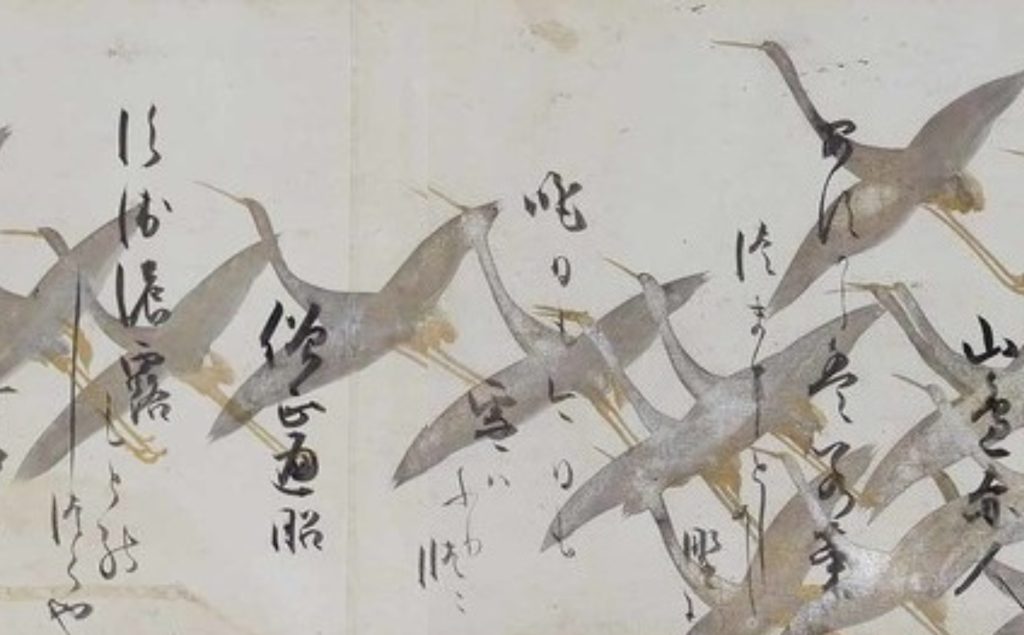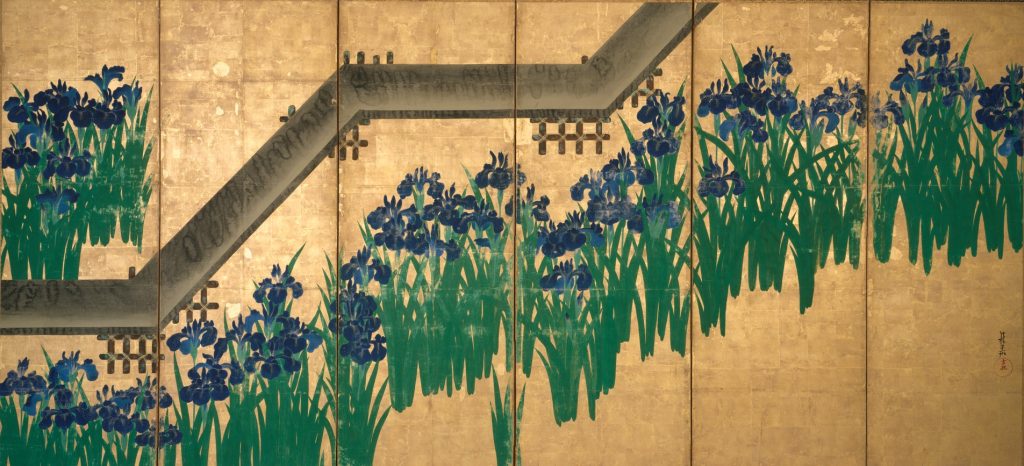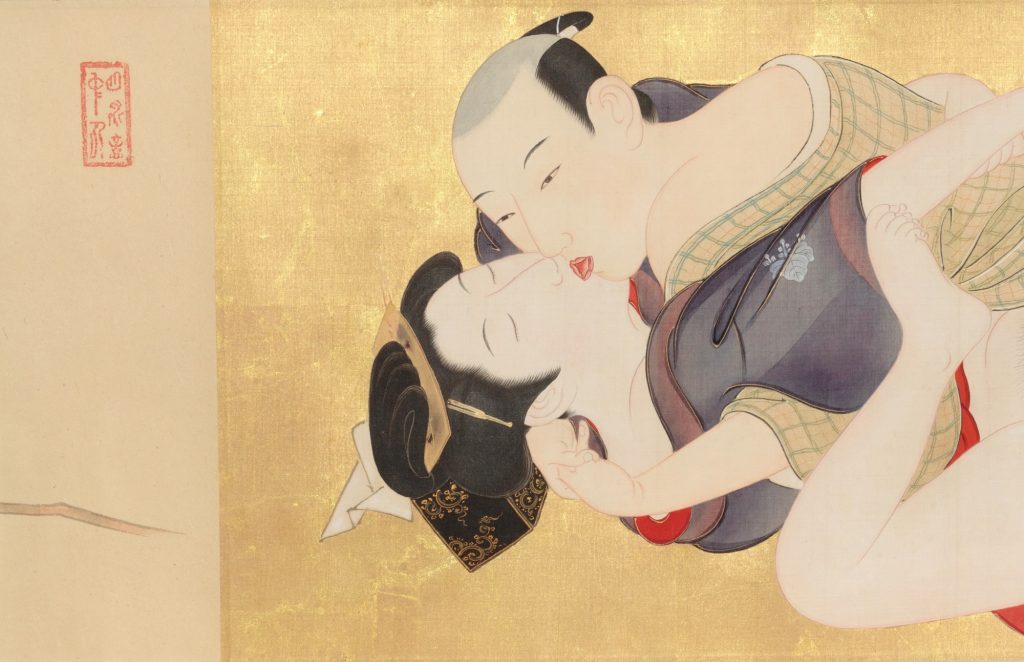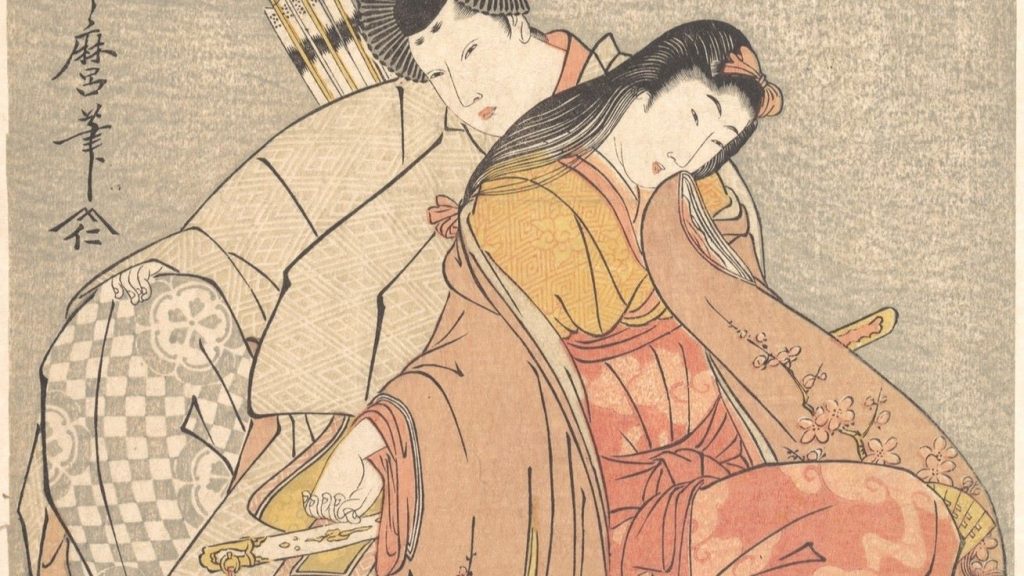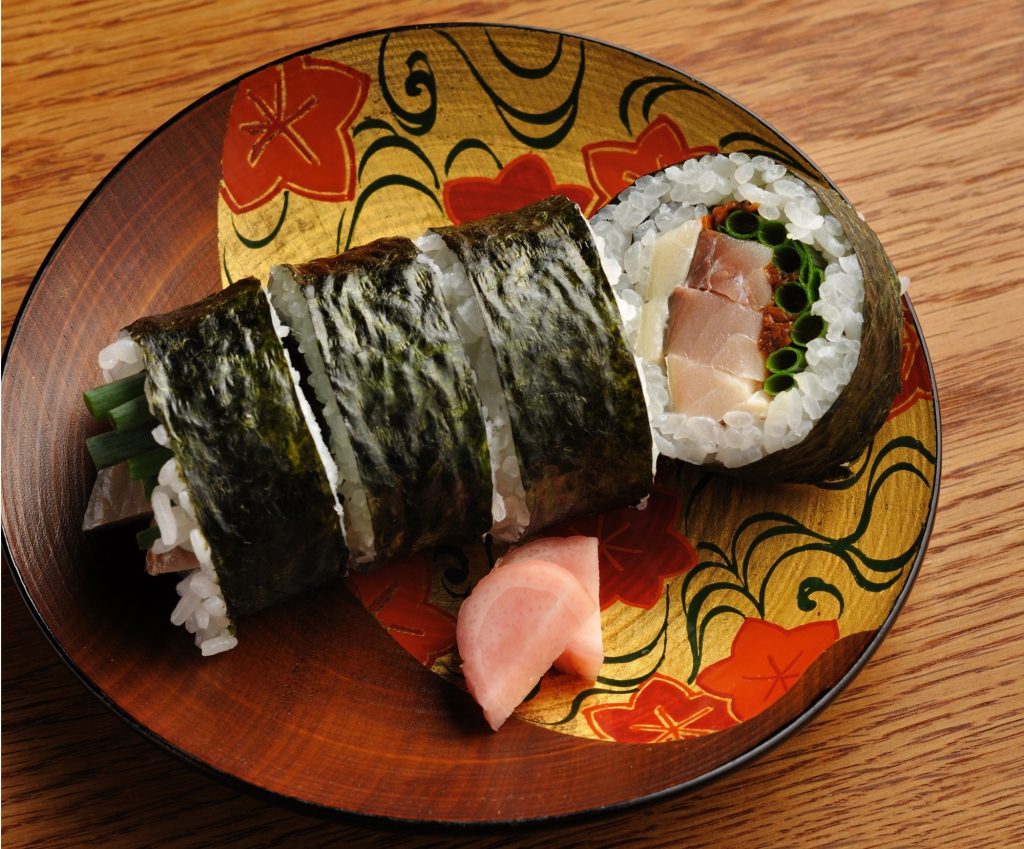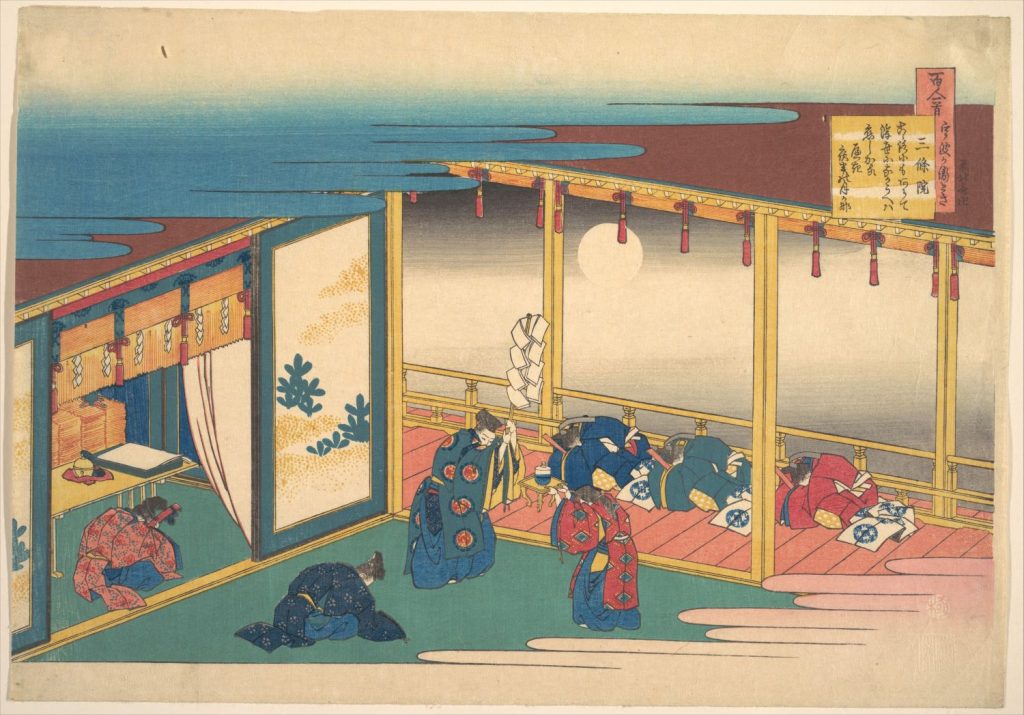What are the teachings of Zen (禅)? We break it down for you into 10 aspects.
At first glance Zen may seem strict, but it isn’t by any means!
Zen questions and answers are carried out by Zen practitioners to attain enlightenment, but they are so difficult to understand that they are considered a metaphor for when you can’t understand what someone is talking about. However, Zen is essentially something quite simple and universal. Here is an overview of Zen in 10 easy-to-understand Zen questions and answers.
1 What is Zen all about anyway?
Zen is an abbreviation of zenna (禅那), a transliteration of the Sanskrit word meaning to unify the mind and pursue the truth, and is the term for the Zen sect of Zen Buddhism, which is the practice of zazen (坐禅). There are many references written about Zen, but a simple explanation is that it is the search for the truth of one’s own existence. To this end, Zen monks practice asceticism, but Zen can also be practiced in everyday life. To discipline oneself, to be grateful for all things, to eliminate waste, and to rethink one’s way of life. Such fundamental things lead to Zen.
2 Who started Zen and where?
The founder of Zen is Bodhidharma (菩提達磨). The twenty-eighth generation of Darumataishi (達磨大師), who inherited the correct teachings of Buddhism from the Buddha, traveled from India to China around the beginning of the 6th century. After nine years of zazen meditation at Suzansyorinji (嵩山少林寺). The teachings were passed down through the generations, giving birth to the Rinzai (臨済宗), Obaku (黄檗宗), and Soto (曹洞宗) schools of Zen Buddhism, all of which were founded by Rinzai Gigen (臨済義玄).
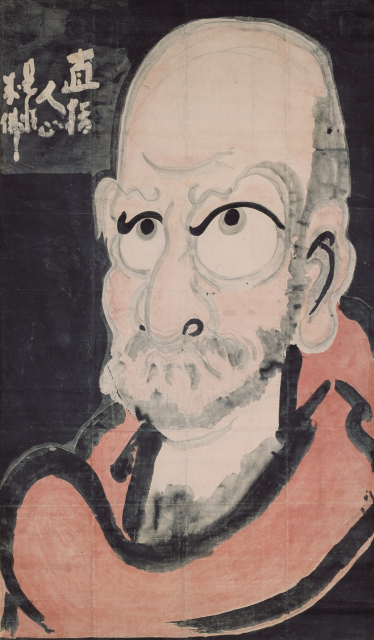
Hakuin Ekaku (白隠慧鶴) ‘Dharma statue (達磨像)’
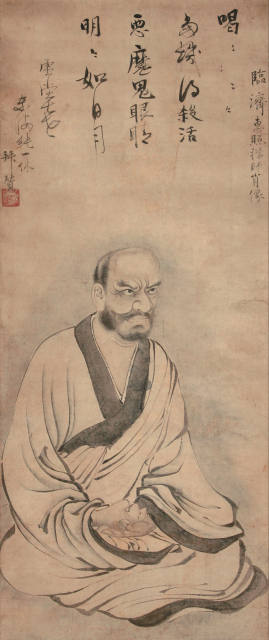
‘Rinzai Gigenzo’ (臨済義玄像) Word by Ikyu-Soujun (一休宗純賛) and Painting by Soga Jasoku (伝曾我蛇足筆)
3 When did Zen spread to Japan?
It was between the Kamakura and Muromachi periods, that Zen Buddhism started to properly spread in Japan. The Rinzai school, introduced by Eisai (栄西) in the Southern Song dynasty, was divided into 14 main schools according to its lineage in China, and the Obaku school, introduced by Ingen (隠元) in the Edo period, was added. The Soto Zen school, which is based on the principle of Shikan-taza (只管打坐)’, was introduced by Dogen (道元), and today there are 24 schools of Zen Buddhism in Japan. In China, where Zen originated, it died out after the Ming dynasty, leaving Zen as a uniquely Japanese practice.
4 Why did Zen take root in Japan?
When Zen Buddhism was introduced to Japan during the Kamakura and Muromachi periods, its teachings spread from the samurai to the common classes, and the Muromachi shogunate began to protect and control Zen Buddhism. Zen temples were built throughout Japan, and in Kyoto, where the Muromachi Shogunate resided, five Zen temples flourished, with Nanzenji (南禅寺) at the top. In addition to training and thought, Zen-based arts and culture flourished, including Suibokuga (水墨画), Syo(書:calligraphy), and Sakutei (作庭:garden cultivation), which eventually led to the tea ceremony. In this way, Zen formed the backbone of Japanese culture.
5 Where can you learn how to practice Zen?
To become a Zen monk, you must first become a disciple of a Zen temple. Then you can learn Zen by entering a specialized dojo and practicing. If you are just interested in a taster and would like to experience Zen Buddhism, we recommend that you visit a Zen temple that accepts zazen (坐禅) and Syakyo (写経) experiences. Zen practice can also be practiced in daily life, and it is important to learn through zazen, Syakyo, cleaning, and labor service.
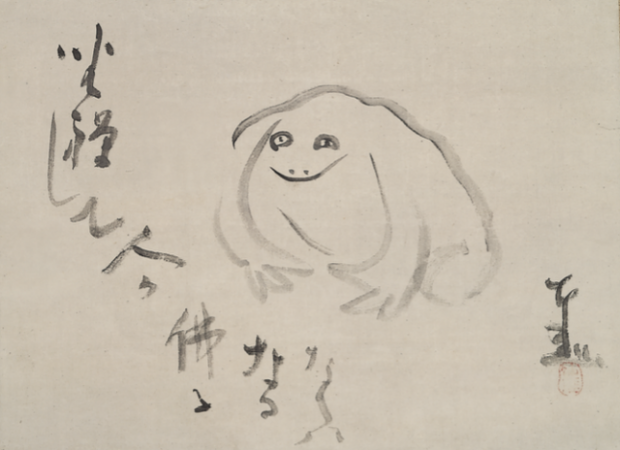
Sengai Gibon (仙厓義梵) ‘Zazen Kaeru Gasan (坐禅蛙画賛)’
A cute frog with a smiling face is praised by the artist: “If a person becomes a Buddha through zazen, then he or she is a Gai Bosatsu (厓菩薩)”. If a person can become a Buddha by doing zazen, then even he who does zazen all day long can become a Buddha… This is the mind-set of the frog.
6 What kind of art is there in Zen?
In Zen Buddhism, paintings such as zenkizu (禅機図), which depict the great Zen masters such as Darumataishi and other enlightened masters to guide them toward enlightenment, are important. Other important calligraphic works include ‘Chinsō’ (頂相: portraits of the founders of Zen temples), and ‘Inkajhō (印可状)’ and ‘Yuige (遺偈)’, which are written to indicate the correct transmission of Zen teachings, as well as unique Buddhist statues. In addition, Zen ga (禅画), which were drawn by Zen monks and used for missionary purposes, are also unique to Zen. The paintings on the walls of Zen temples’ hojo (方丈) were created by eminent painters of the Kano school and other schools of Zen painting.
7 What are Zen paintings?
One of the most representative Zen paintings is the ‘Zenkizu (禅機図)’, which was brought from China and depicts scenes that led to the enlightenment of the patriarchs, as well as scenes of high priests and lay people having a dialogue. As Zen spread to the general public in the Edo period, Zen paintings were used to make the teachings of Zen easier for everyone to understand, as the Chinese poems in Zenkizu were difficult to read. The unique touch of Zen paintings are characterized by the easy-to-understand subject matter of Zenkizu and the incorporation of allegory and other elements.
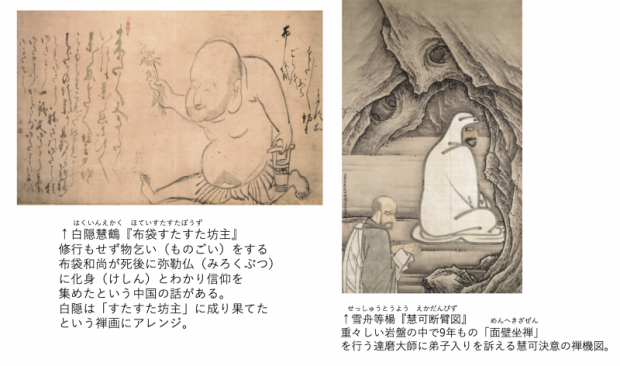
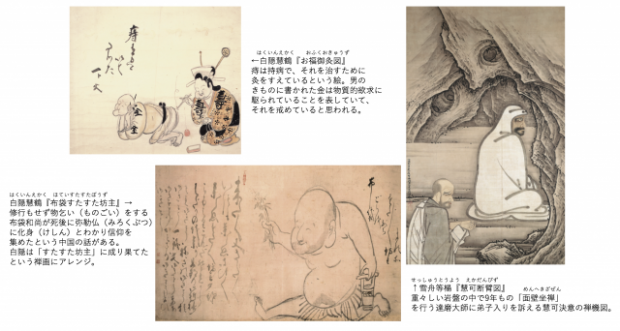
8 Who painted the Zen paintings and where?
Zen paintings were created by Zen monks. It is interesting to note that Zen paintings, painted as a hobby or for pleasure, are often accompanied by magnificent calligraphy. The two most famous Zen painters are Hakuin Ekaku (白隠慧鶴), the founder of the Rinzai sect of Zen Buddhism, and Sengai Gibon (仙厓義梵), the abbot of Seifukuji (聖福寺) Temple in Hakata. Hakuin, who was from Suruga province and traveled all over the country, his Zen paintings can be seen in Rinzai temples all over the country, and Sengai, who was loved by the townspeople of Hakata, painted Zen whenever he was asked to, and many of his works have been preserved.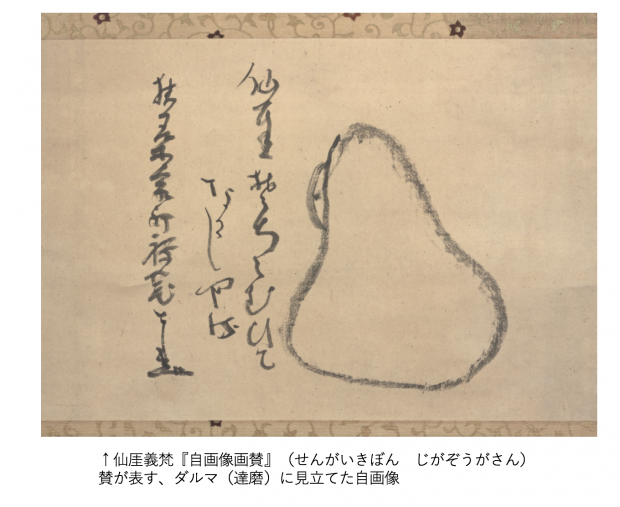
9 What do the letters on the Zen paintings mean?
The characters written in the pictures are called ‘San(賛)’, and in the Zenkizu, “koan (公案),” a dialogue between a high priest and his disciples, is written in Chinese characters. In the case of Zen paintings, they are characterized by the use of hiragana and katakana, which make them easy to understand even for ordinary people. However, the content written there is not necessarily an explanation of the painting, but is exactly like a Zen dialogue. It is only in Zen paintings that many of them are difficult to understand unless you think about them for a while, and it is meaningful to think about their meanings in light of the paintings.
10 Are Zen and Zen paintings famous outside of Japan?
Japanese Zen culture became known overseas largely due to the publication of numerous English translations of writings on Zen by the Buddhist scholar D.T. Suzuki, which led to a Zen boom in the United States in the 1960s. Zen has spread throughout the West beyond the boundaries of religion as an ideology and has been loved by many people, including Steve Jobs, founder of Apple Inc. Hakuin’s Zen paintings are also very popular among overseas collectors of Japanese art, and the popularity of Zen is now worldwide!
This article is translated from https://intojapanwaraku.com/rock/art-rock/1074/




